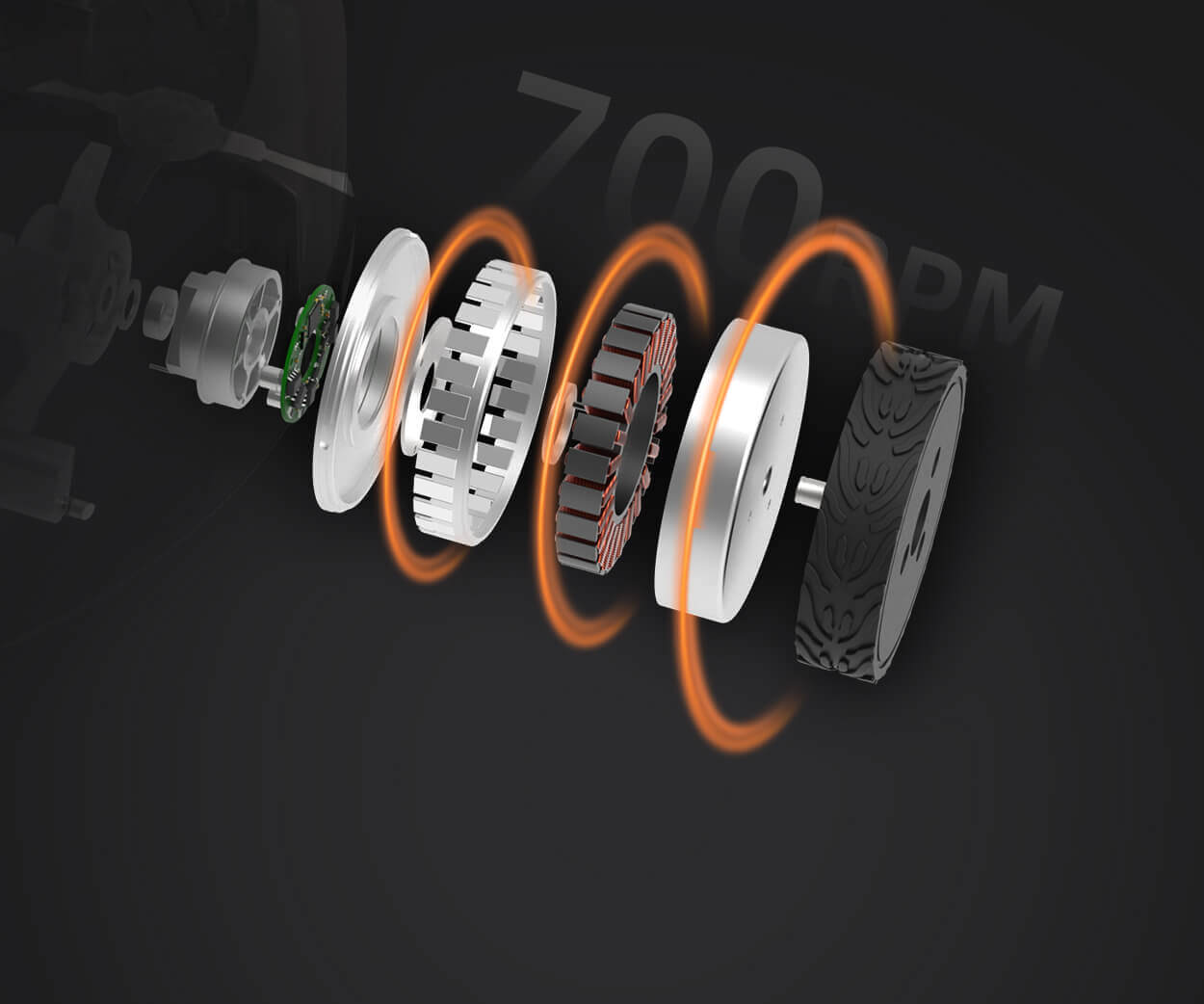Certainly! Here is the first part of the soft article centered around the theme “Power Wheels Motor and Gearbox.” If you'd like, I can generate the second part afterward.

part 1:
In the realm of childhood toys, few innovations have captured the imagination quite like Power Wheels. These miniature electric vehicles are not just toys; they are gateways to adventure, independence, and a spark of engineering magic that transforms imagination into motion. At the core of every Power Wheels success story is the harmonious dance of a powerful motor and a precisely calibrated gearbox. Together, they turn a simple idea—“Let’s drive!”—into a reliable, safe, and exhilarating experience for kids.
The Heartbeat of Power Wheels: The Motor
Every Power Wheels vehicle is equipped with an electric motor, the beating heart that delivers the power needed to move small bodies across various terrains. In essence, the motor converts electrical energy stored in batteries into mechanical energy, creating the rotational force needed for movement. When a child presses the accelerator — often a pedal or a button — an electrical signal is sent to this motor, which then springs into action.
The choice of motor size and power output is crucial. Manufacturers select motors that balance speed, torque, safety, and battery longevity. For young drivers, a motor that can reach speeds around 2 to 5 miles per hour is generally suitable, providing excitement without risking safety. Yet, even within this range, there's a fascinating array of engineering considerations—such as how efficiently the motor converts electrical current and how it responds to varying loads.
The Role of Gearboxes in Power Wheels: Precision and Control
The motor inherently creates rotational movement, but converting this into practical, controlled motion requires a well-designed gearbox. Think of the gearbox as the vehicle’s traffic cop: it decides how to translate the motor’s high-speed, low-torque spin into low-speed, high-torque movement appropriate for a child’s ride-on vehicle. This involves careful gear ratio design, which directly influences speed, torque, and overall driving experience.
Most Power Wheels gearboxes operate using gear trains, often consisting of spur gears or planetary gear systems. These gear trains work together to reduce the motor’s output speed while increasing torque, enabling children to climb inclines, accelerate smoothly, and maneuver with confidence. The gear ratio—the relationship between the gear’s teeth numbers—defines how much the motor’s rotation is slowed and how much power is amplified.
How Gear Ratios Shape Performance
Imagine a gear ratio of 10:1, which means the motor’s output shaft rotates ten times for every single rotation of the wheels. This ratio significantly boosts torque, making it easier to start moving from a standstill or climb a hill. Conversely, a lower gear ratio favors higher speeds but less torque, suitable for more experienced young drivers or larger vehicles.
Designers select gear ratios based on the intended purpose of the Power Wheels model, balancing speed and power to provide a safe, enjoyable ride. For cautious beginners, a lower top speed paired with higher torque offers better control, while more advanced versions might push toward higher speeds with suitable safety features.
The Symbiosis Between Motor and Gearbox
The magic of Power Wheels performance comes from the seamless interaction between the motor and gearbox. The motor delivers rapid spin, but without gears, the wheels could spin too fast for safety or not generate enough power to move the vehicle under load. Gears regulate this energy, ensuring that children experience a smooth acceleration and can handle various terrains comfortably.
Safety features often integrated within this system include torque limiters and electronic speed controllers (ESC). These components monitor motor performance and prevent overcurrent situations, protecting both the motor and the rider. When combined with the correct gear ratio, they ensure a balanced ride—fast enough to thrill, but controlled enough to be safe.
Durability and Maintenance
Power Wheels motors and gearboxes are subjected to daily adventures—it’s a rugged environment, with kids driving over grass, gravel, and uneven surfaces. Therefore, durability is a fundamental consideration in design. High-quality motors use sealed bearings and tough windings to resist dust, dirt, and moisture.
Gearboxes are built with sturdy materials like reinforced plastic or metal, designed to withstand impact and wear. Regular maintenance, such as lubricating gears and checking electrical connections, can extend the lifespan of these components, ensuring countless hours of fun.
Evolution and Innovation in Power Wheels Components
Over the years, advancements in motor and gearbox technology have significantly improved Power Wheels’ performance and safety. Modern motors utilize brushless technology, which provides better efficiency, less heat generation, and longer lifespan compared to brushed motors. Meanwhile, gearboxes have become more compact yet more precise, enabling more complex gear ratios and smoother rides.
Innovations such as regenerative braking systems also come into play, allowing energy recovery during deceleration, which extends battery life and promotes eco-friendliness. More sophisticated electronic controls now enable features like variable speed, automatic obstacle detection, and power management systems—all hinges on the seamless performance of the motor and gearbox.
Established in 2005, Kpower has been dedicated to a professional compact motion unit manufacturer, headquartered in Dongguan, Guangdong Province, China.




































